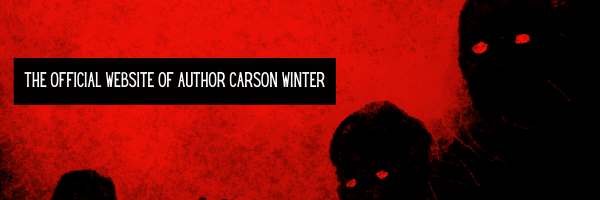
A Cold Wind in Autumn contains seven weird and horrific tales, perfect for chill nights during the Halloween season.
Children spend the night in the crypt of a long dead alien.
Fishermen find apocalyptic messages on their catch of the day.
A giant loon statue comes to life and enacts bloody terror on neighborhood residents.
Predatory dinosaurs find their freshly killed prey rising from the dead.







